E-Scooter Analysis
Following a 12-month trial of rental e-scooters in Auckland, the local Council needed to understand the impact that rental e-scooters played in the local transport ecosystem. With a tight timeframe, Auckland Council needed to interpret the results of millions of trips with a quick turnaround.
Auckland council was interested in the travel times, durations, distances and speeds of rental e-scooter trips. Also of interest was the difference in rental e-scooter usage between the three 'tiers' - Auckland CBD, Inner Suburbs and Wider Auckland Region - and the key locations riders were (e.g. were e-scooters used in to supplment or replace public transport trips).
MRCagney was engaged to conduct analysis of the e-scooter trips taken within Auckland as part of the trial review process. The analysis used data directly from e-scooter providers, which we downloaded as anonymised raw trip data in MDS format. This amounted to over 1.5 million trips in the trial year.
First, we built a series of python data pipelines to clean anomalous trips and ensure that the trips from all providers were in a common format. This proved to be extremely useful, as due to faults in the reporting systems, there were trips that were thousands of kilometers long, with a duration greater than eight hours, or with average speeds in excess of 100km/h. Removing these outliers gave much more accurate results.
We then plotted the key trip information for each e-scooter provider for comparison.
Interestingly, we found that there were significant differences in trip duration, length, and speed between providers. When we visualised the locations of these scooters, we found that the providers operated mostly in different tiers, and thus the types of trips they were used for explained the difference in their trips speeds and durations.
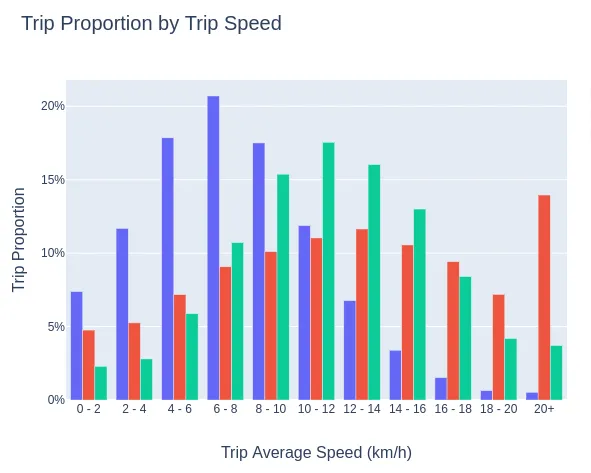
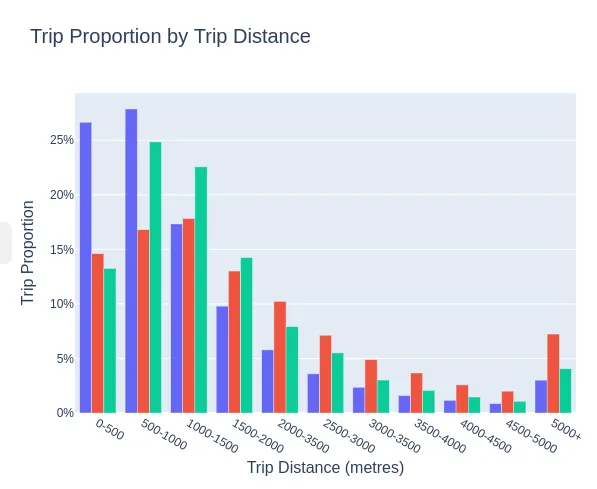
Time of day also strongly influence the number of trips taken, seeing a distinct morning peak on most weekdays, with a midday and evening peak on all days of the week.
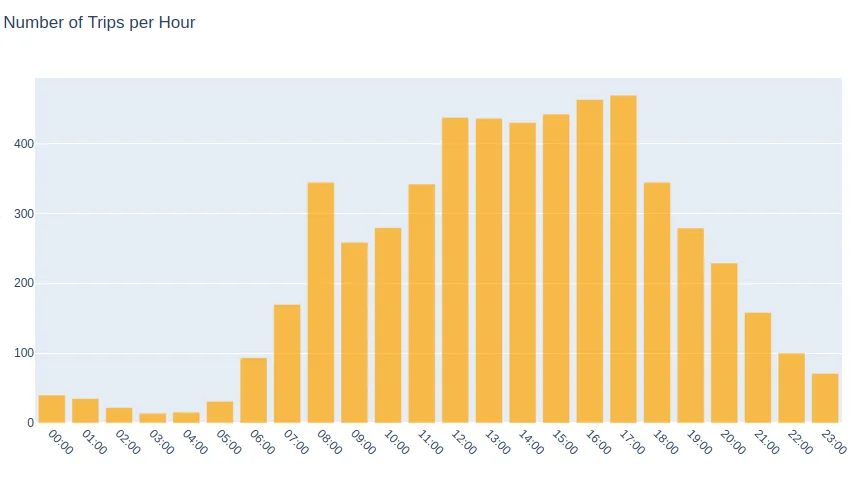
Investigating the usage patterns, we could understand the highest demand roads and their characteristics. Moderate usage along Auckland's waterfront towards east coast bays, where roads are flat and there is room on footpaths, showed that with agreeable terrain and a protected space for riding e-scooters are a viable commuting method. High usage in the CBD showed that for short-medium trips, e-scooters offered a superior method for navigating the city centre.
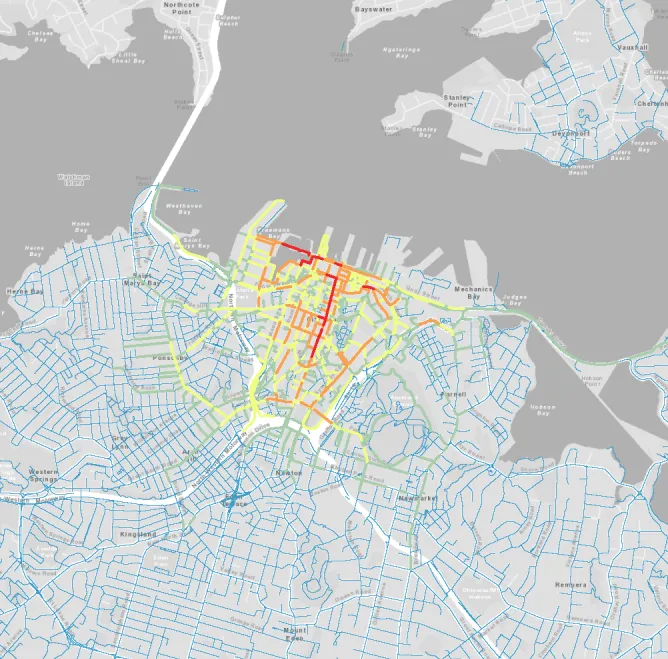
We also visualised, using hex-bin maps, the start and end locations of trips and found that public transport hubs tended to attract rental e-scooter users, showing that rental e-scooters have potential to fill the first- and last-mile niche. Popular destinations, such as Mission Bay, Parnell, Ponsonby Road, and Karangahape Road can also be seen to be frequently visited on rental e-scooters outside of the CBD.

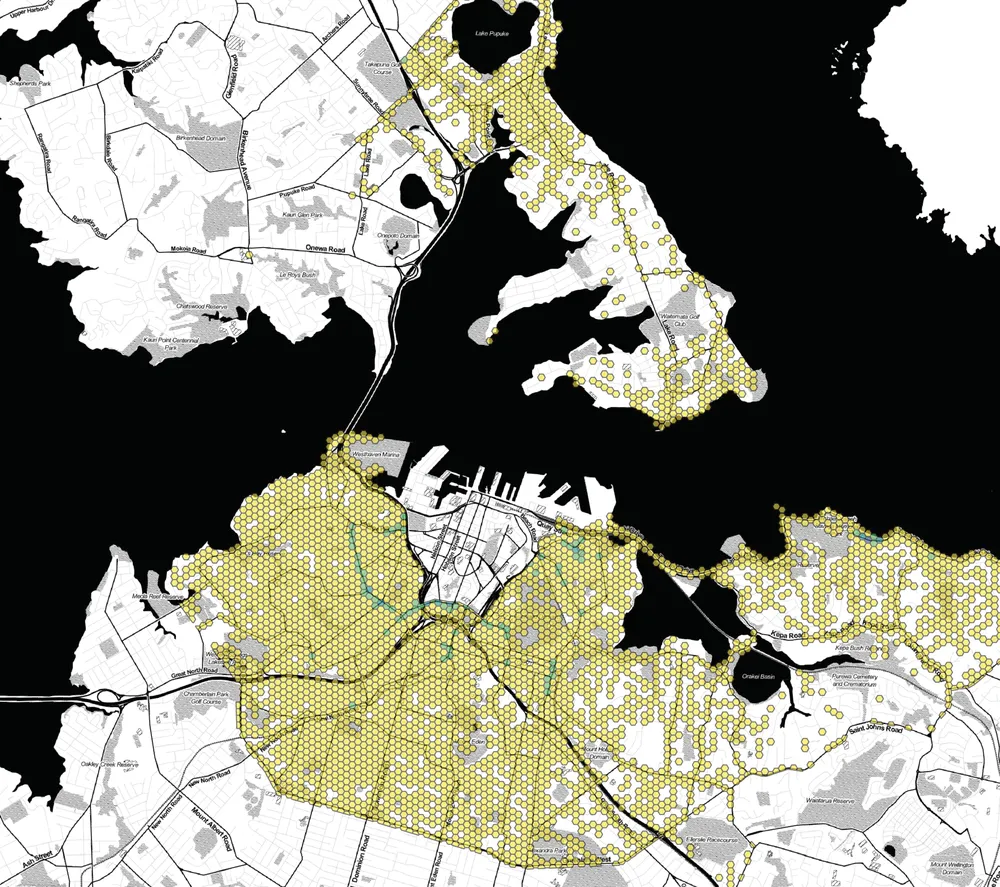
As a result of MRCagney's work, Auckland Council had a detailed picture of the impact that rental e-scooters had played in the transport network, and could move forward with their review on-time with confidence in their understanding of the complete data set.
 MRCagney Works
MRCagney Works